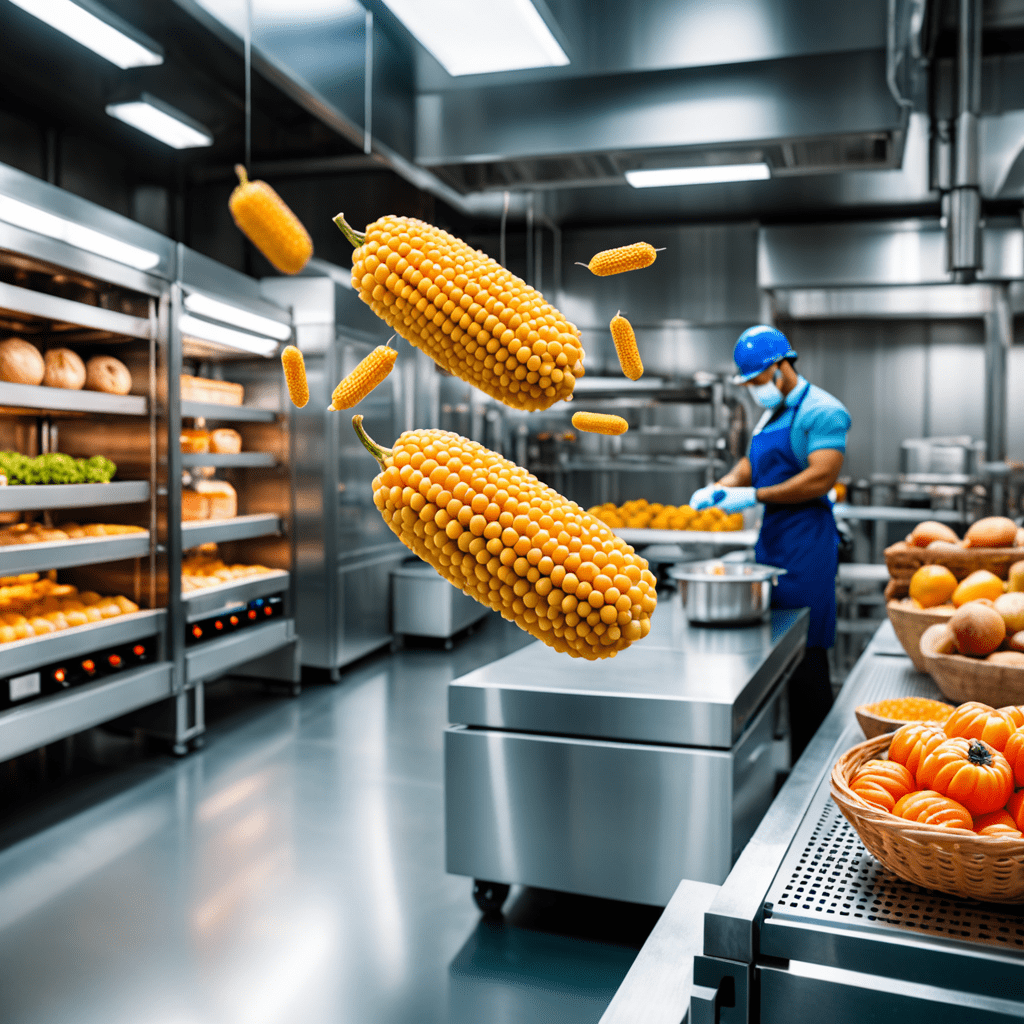Nanotechnology in Food Safety: Ensuring Food Safety with Nanotech
As food safety concerns continue to be a global priority, nanotechnology has emerged as a powerful tool to enhance food safety measures. By leveraging the unique properties of nanoparticles, nanotechnology offers innovative solutions to safeguard our food supply.
The Role of Nanotechnology in Food Safety
Nanotechnology involves the manipulation of materials at the nanoscale, enabling scientists to create novel structures with enhanced properties. In the realm of food safety, nanotech plays a crucial role in improving food packaging, quality control, and pathogen detection.
Enhanced Packaging Solutions
Nanomaterials can be incorporated into food packaging to provide superior barrier properties, extending the shelf life of products and reducing food waste. Nanoparticles such as silver nanoparticles have antimicrobial properties that inhibit the growth of bacteria and fungi, preserving the freshness of food.
Improved Quality Control
Nanotechnology enables rapid and sensitive detection of contaminants in food through techniques like nanosensors. These nanoscale devices can detect harmful substances such as pesticides, heavy metals, and toxins at extremely low concentrations, ensuring the safety and purity of food products.
Pathogen Detection and Elimination
Nanoparticles are being utilized to develop efficient methods for detecting and eliminating pathogens in food. Nanomaterials like titanium dioxide nanoparticles can be used to disinfect surfaces and food products, reducing the risk of foodborne illnesses.
Regulatory Considerations and Safety
While the potential of nanotechnology in food safety is promising, it is essential to address regulatory challenges and ensure the safety of nanomaterials used in food applications. Regulatory bodies worldwide are actively evaluating the safety and efficacy of nanotech solutions in food products.
Future Implications and Advancements
The ongoing research and development in nanotechnology offer exciting possibilities for the future of food safety. With continued innovation, nanotech solutions are poised to revolutionize the way we monitor, protect, and enhance the safety of our food supply.
Conclusion
In conclusion, nanotechnology presents a transformative approach to ensuring food safety in an increasingly complex global food system. By harnessing the potential of nanotech, we can mitigate risks, improve quality control, and safeguard public health through innovative food safety solutions.
FAQs: Nanotechnology in Food Safety
What is nanotechnology in food safety?
Nanotechnology in food safety involves the application of nanoscale materials and processes to enhance food safety measures. It allows for improved detection of contaminants, better packaging to prevent spoilage, and increased efficiency in disinfection methods.
How does nanotech ensure food safety?
Nanotechnology aids in ensuring food safety by enhancing food quality, extending shelf life, detecting pathogens more effectively, preventing bacterial growth, and improving traceability throughout the food supply chain.
What are some examples of nanotech applications in food safety?
Some examples include nano-enabled food packaging to prevent microbial contamination, nanoparticles used in food additives to enhance nutritional value, nanosensors for detecting contaminants, and nanomaterials for improved food preservation methods.



